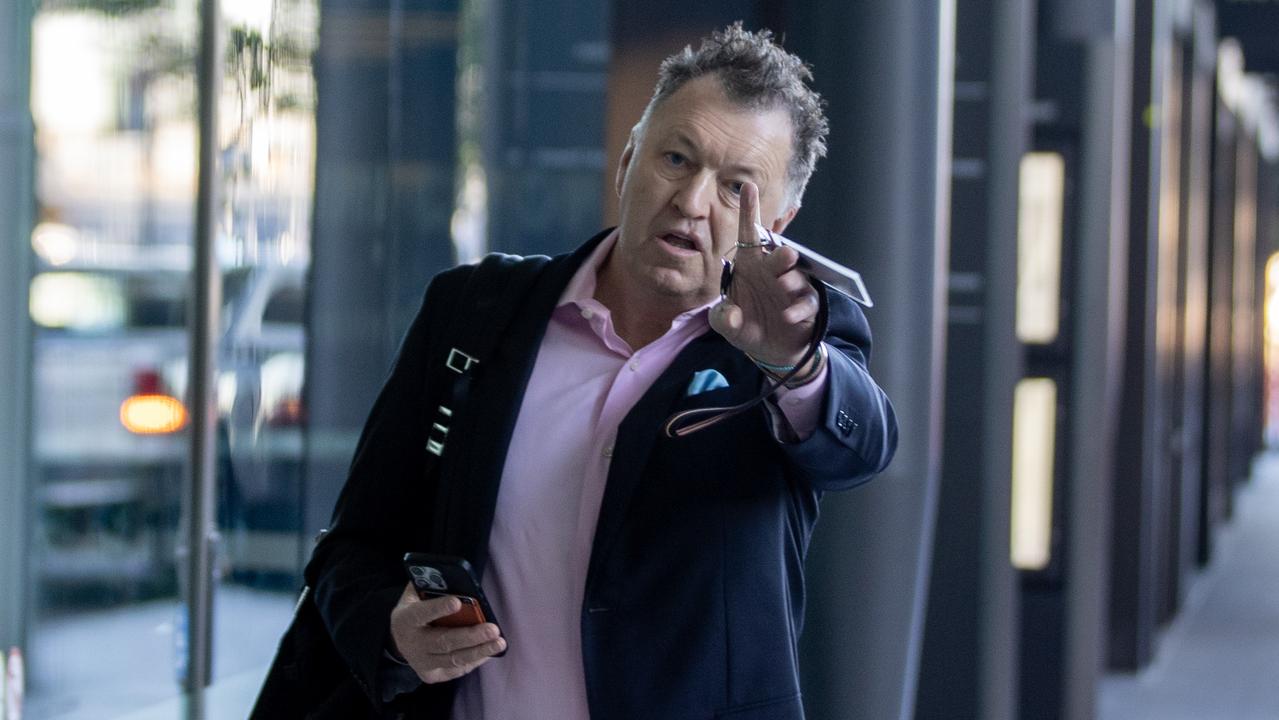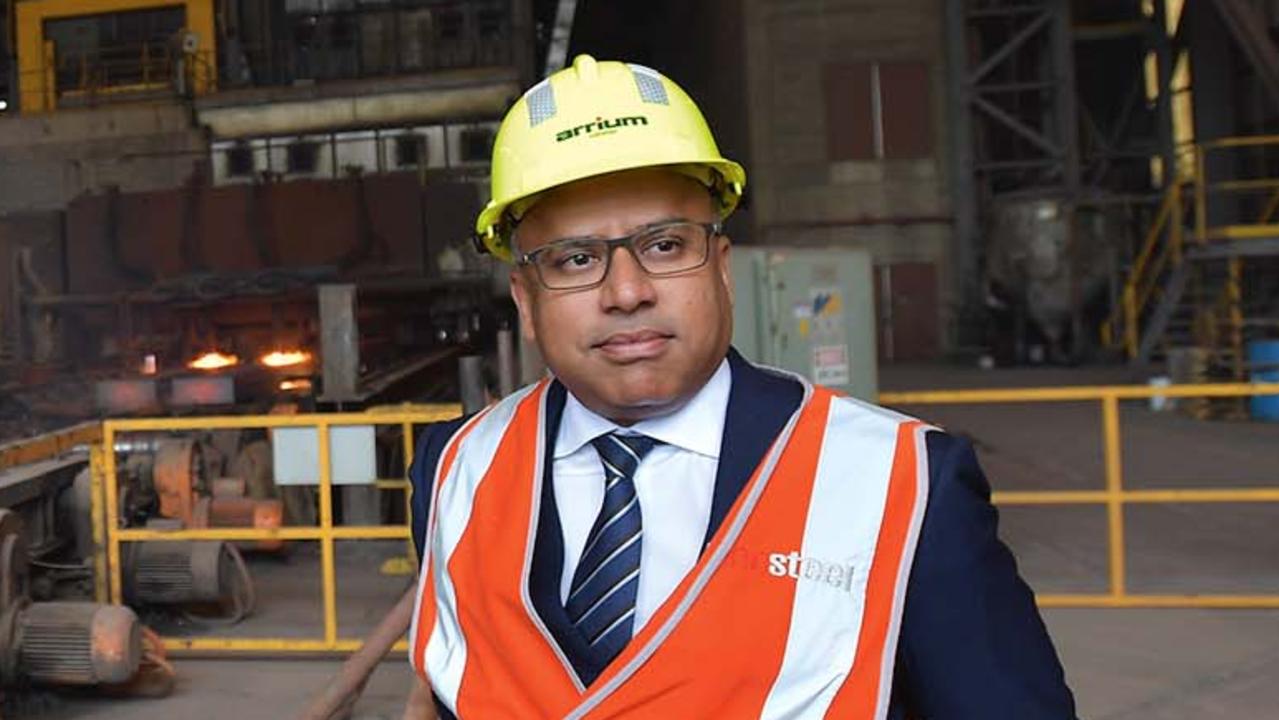Stronger together: Behind Ryan Stokes’ billion dollar bet
Where the trend in business is to slim down, spin-off and simplify, Ryan Stokes has been going in the other direction.
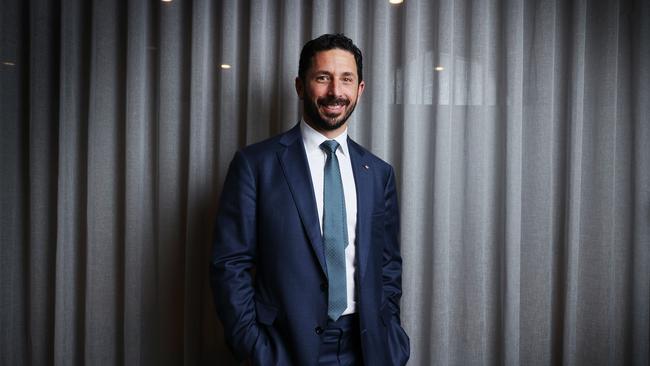
Business
Don't miss out on the headlines from Business. Followed categories will be added to My News.
Ryan Stokes is now ready to prove the strength of the industrial conglomerate SGH that he’s been quietly building for more than a decade. The newly-acquired Boral sits in the middle of this plan.
With last year’s $1.2bn buyout of Boral’s minority shareholders done and dusted, Stokes is now getting the full windfall from the turnaround he kicked-off at the building materials play that as a listed company has a history of disappointing.
Where the trend in business is to slim down, spin-off and simplify, Stokes has been going in the other direction. He’s been bulking-up and diversifying. As the economy enters a patchy period, especially with global tariffs set to dampen the outlook for mining, this is going to test the resilience of his conglomerate – at least in the short term.
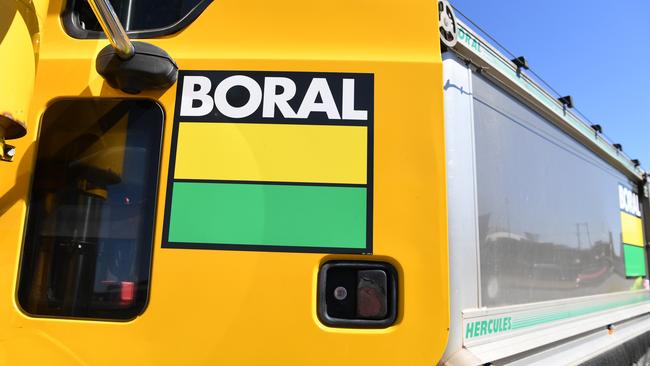
Stokes last year formally renamed his $21bn mining services, energy and media empire to SGH last year, dropping “Seven Group”. He also changed the stock code to reflect the rapidly diminishing contribution his television network has to the bigger business.
Now it’s built around his three core pillars mining equipment (WesTrac), building materials (Boral) and construction and infrastructure (Coates). Then there’s the 30 per cent stake in mid-sized gas exploration and production play Beach Energy where Stokes has been prodding them to move faster on its own turnaround.
The 40 per cent Seven West Media is the fifth and much smallest leg of the SGH portfolio, but with TV facing its own pressures is being repositioned to run for cash instead of growth.
As always with conglomerates, the perennial challenge is to prove the sum can deliver superior performance than the individual parts, and shareholders are all the better off for it.
On this, Stokes argues his way of combined investments has delivered another period of outperformance rather than if all the companies were going their own way.
This includes better-than-expected 10 per cent earnings growth for SGH to $843m during a tough December half. Stokes also declared a bumper 30 per cent increase in interim dividend. The better-than-expected numbers saw SGH’s shares jump 6 per cent on Tuesday to a fresh closing high of $51.65.
Even with a choppy economy, the SGH story today is all about Boral’s fast-paced earnings growth. Stokes’ hand-picked chief executive Vik Bansal has been relentless in his drive for higher quality earnings through over sales. While there’s more upside being promised, the large step-up in gains will eventually diminish and Boral will become a sales story.
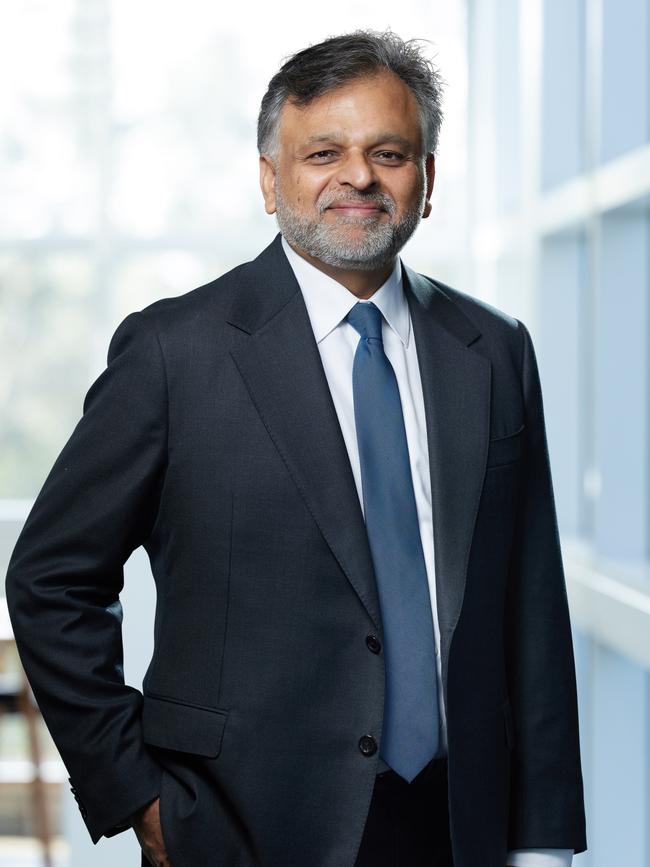
Westrac, the SGH flagship that sells Caterpillar trucks to miners, remains resilient as it goes into a soft mining market with revenue up 8 per cent helping to lift earnings.
Meanwhile, Coates equipment hire business is seeing revenue and earnings under pressure and the 30 per cent-owned Beach Energy is also undergoing a long overdue restructure under new chief Brett Woods.
SGH, 50 per cent owned by the Stokes family, is built around the notion the large licks cash spun-off by its respective businesses is either reinvested into higher growth options, or it doesn’t meet hurdles are returned to shareholders. The areas it chooses to operate mining, infrastructure and energy are expected to underpin long-term demand. Media sits uncomfortably alongside all this industrial muscle, however Stokes is prepared to be patient, given still cash in the sector.
“I think the model is working well,” Stokes tells The Australian.
The latest results reinforces “the strength that we have and focus on how we drive that performance and continue to try and unlock value within our businesses”
“Effectively, we’ve got high cash generative businesses that enable us to take on leverage to invest to grow and then use that cash flow to reduce leverage”.
This is the SGH formula for driving return on equity and total shoulder return, he says.
Former Boral shareholders, who were held onto SGH shares used to pay for last year’s acquisition, have seen the value of their holdings jump nearly 40 per cent since the deal was finalised in July. They also got the benefit of a 30 cent per SGH share dividend. This was the first regular payment outside a one-off capital return in years, after Boral used all its spare cash to pay for reinvestment.
The improved cashflow now being spun off by Boral is already quickly to paying down much of the debt Stokes used to fund the buyout.
Boral’s revenue fell 2 per cent in the December half, mostly on patchy residential construction – particularly in Victoria. However, pre-tax earnings jumped 29 per cent to $259m given the focus on margins. This now puts Boral on track to become a $500m a year business.
Stokes says Boral’s softer revenue only reinforces the original argument behind last year’s acquisition. It was about securing full management control needed to turn Boral into a highly focused, lower cost business that can ride out the market swings.
“We’ve always known the market conditions would vary, particularly on that residential side. What we do believe is there’s still a long duration positive thematic grounded in infrastructure and construction”.
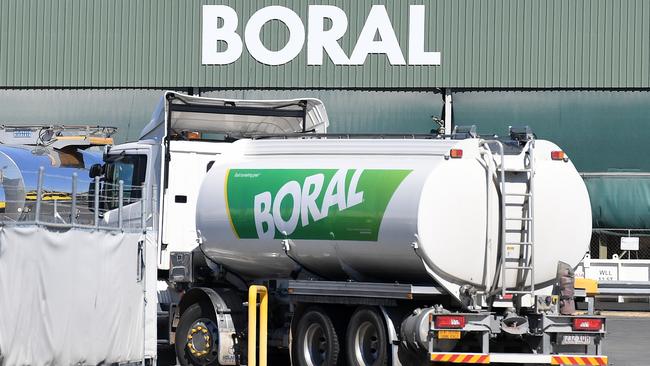
Still, an interest-rate cut by the Reserve Bank that meets next week would be welcomed to help boost much needed confidence in the housing construction market. Stronger housing would quickly flow through to Boral, a major player in concrete and stone.
Media, built around Stokes’ Seven Network, is undergoing a major shift.
To underscore that, revenue and profit at Seven West were down 6 per cent and 41 per cent respectively, linear television is grappling with the move to digital and streaming. However, publishing led by The West Australian is now in a brighter spot. After a period of pain it is delivering “stable and strong results,” he says.
Media often demands disproportionate management attention, but Stokes remains committed as long as the business can find a sustainable operating model.
“It about continuing to refine a cost structure to drive a profit from that revenue base.
“The key focus for us ultimately on generating that positive cash – which all media should be doing”.
–
Macquarie’s Bingo blues
Macquarie Group’s banking and funds businesses are roaring back to life, helping to fortify its December quarter. However, there’s a strange smell starting to drift in from a small corner of the investment bank’s infrastructure arm.
The $2.6bn buyout of waste play Bingo Industries led by Macquarie at the tail end of the Covid pandemic is souring. And fast.
The Bingo business sits inside a string of sub-funds under Macquarie’s Infrastructure and Real Assets arm. This means insulates, Macquarie’s balance sheet is insulated. Although the bank and its co-investors, including Singapore’s GIP, still wear the reputational risk from the boom time deal.
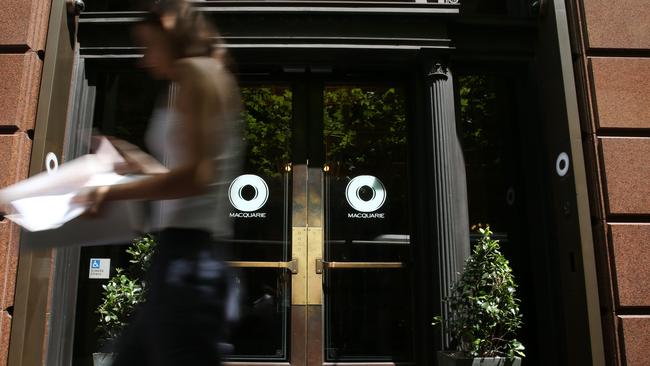
Since the 2021 buyout, Bingo has been struggling for much of the past two years, hit by a surge in borrowing costs and slowing housing construction and apartment building market (which generates the bulk of its industrial waste).
The downturn means Bingo hasn’t been able to recoup the higher costs in prices, tipping it into a negative cashflow position. The latest blow came with ratings agency S&P cutting Bingo’s bonds deeper into junk territory.
Bingo bonds now sit at CCC+ from B- previously, meaning they are high risk paper. Only a turnaround in Bingo’s operating environment can save it.
The ratings imply a one in four chance of default in the next year, and this escalates to 40 per cent chance in three years if things don’t improve.
Bingo has been slashing capex, but some rising long term commitments linked with land acquisition and expansion of its Eastern Creek facility means it is still expected to deliver negative cashflow for each of the next two years.
Since mid-last month, Bingo’s bonds have been trading below 80 cents in the dollar – reflecting the default probability that comes with a CCC rating. While the bonds are thinly trade, a distressed sale of the bonds would be considered a default event, according to S&P.
Bingo has around $90m in credit available, including a $60m shareholder loan made available last year. It has a bridging facility, although this matures in December. In the meantime, it is looking to sell another parcel of land.
At the time of its high-priced buyout, Bingo was sitting on net debt of just $350m. Much of the $2bn-plus cash used to fund the deal came from borrowings, This was then quickly packaged up and on-sold to investors. Bingo has its own unique problems, however, it spells crunch time is coming for a rush of deals and expansion funded by ultra-cheap debt of the Covid pandemic. Bingo won’t be the last of the credit dumpster fires.
eric.johnston@theaustralian.com.au
Originally published as Stronger together: Behind Ryan Stokes’ billion dollar bet


